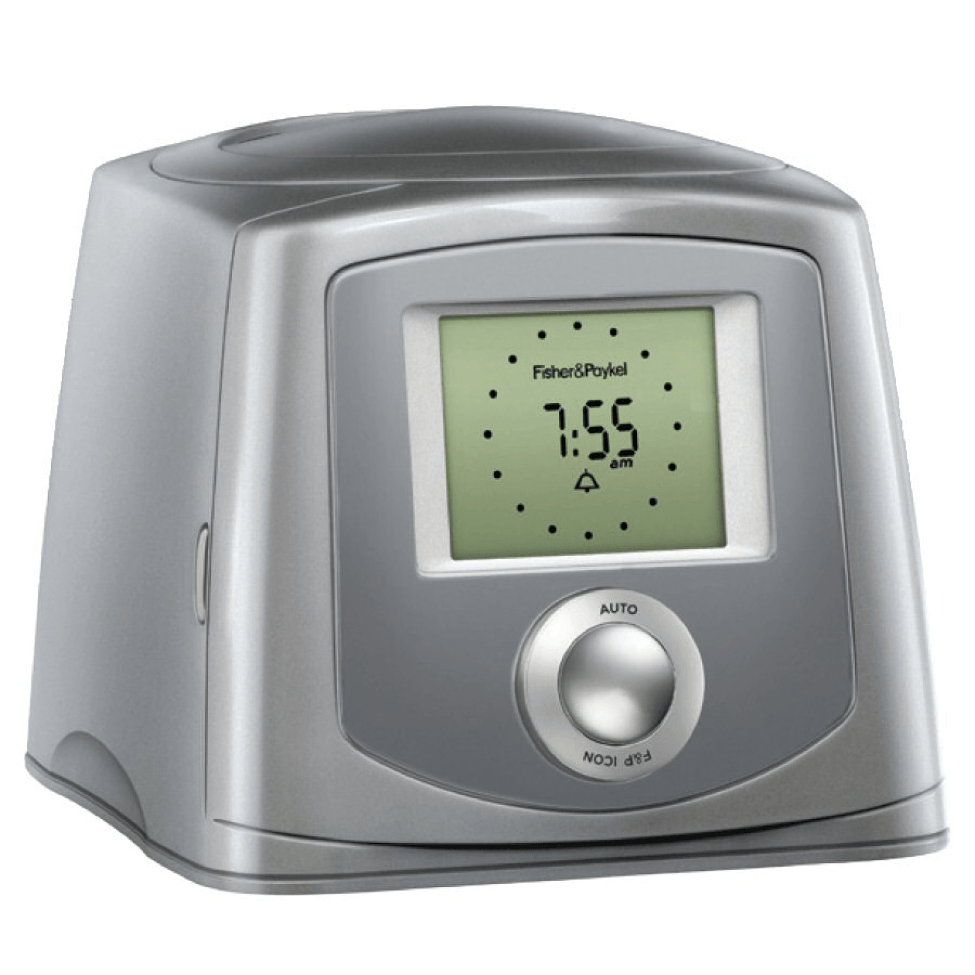CPAP Machine: Avoiding 10 Common Problems

As a treatment, the CPAP machine must be used regularly, and unfortunately, it can be a little bit difficult to get used to at first. Thankfully, there are always options and solutions to the problems CPAP users encounter most frequently.
CPAP mask desensitization Techniques
Here are the most common issues, and what you can do about them to settle into the routine as quickly and comfortably as possible :
1. Getting used to wearing a CPAP device.
Using a CPAP machine takes some getting used to. Spend some time with it, wearing the mask on its own while you’re awake a little while at a time. Once you’ve adjusted to that, do it with the CPAP machine connected and turned on, to acclimate to the air pressure. Once you’ve started using it overnight, it is important to do it consistently, to get a clear picture of how well your mask and settings fit.
2. Using the right mask.
Masks come in various styles and sizes, most of which are adjustable. Your doctor will suggest a mask that fits your face shape and sleeping habits. Secure, full-face CPAP masks are well suited for mouth breathers. While the less obtrusive nasal pillow masks may be better suited to those who tend towards claustrophobia. If you find that you cannot adjust to your mask, try a different one. Be mindful that sizes are not regular throughout CPAP mask models. Make sure you have the right size and adjustment for your current mask.
3. Struggling with forced air.
If you find that you cannot tolerate forced air on exhale, your doctor can suggest different CPAP machines. Some have “ramp” features which gradually increases the air pressure to give you a chance to get used to it. Others reduce the air pressure on exhale.
4. Dry Nose.
A poorly fitted mask can lead to a dry or stuffy nose. Make sure your mask is well adjusted. A mask that requires constant adjusting is a poor fit. If the issue persists, the use of Saline sprays at bedtime can help. Beyond that, all CPAP machines can accommodate a heated humidifier to reduce nasal irritation.
5. Claustrophobia
If you find yourself feeling claustrophobic, spending some awake time with the mask may again be of help. Practice wearing just the mask at first and add components until you are using the CPAP machine as you would to sleep. Other approaches may include relaxation exercises as well as changing to a less constraining mask model.
6. Mask leaks, sores and irritation.
If your mask is ill adjusted, it will be blowing air onto your skin and eyes. Aside from reducing your necessary air pressure, this can lead to discomfort. Make sure your mask is well placed and adjusted, using the straps and pads. If your mask no longer fits well after a change in weight, a new one may be needed. Any sores should be reported to your doctor as soon as possible.
7. Difficulty falling asleep.
While daytime practice wearing your mask and CPAP comfort features such as ramp and C-Flex can help, it is important not to neglect healthy sleep habits. Relax properly before going to sleep and avoid going to bed when you aren’t feeling tired. You may also want to avoid caffeine, alcohol, or any substance which prevent you from sleeping or adversely affect the quality of your sleep.
8. Dry Mouth.
Most solutions to dry nose apply here, including CPAP heated humidifiers. If you sleep with your mouth open, you may want to consider using a chin strap for your nose mask, or any mask that covers your mouth as well.
9. Removing the device by accident.
There’s nothing unusual about waking up to find you’ve removed your CPAP mask in your sleep. However, if it is a frequent occurrence, it may be a sign that the size, style, or adjustment of your mask is off or that your CPAP machine does not have the right features. In the interim, you may want to set an alarm during the night to put it back on until you’ve found a solution.
10. Dealing with noise.
Most modern CPAP machines are quiet. Excessive noise might indicate blockage or a dirty air filter. Your doctor can show you how to properly maintain your CPAP machine. If your device continues to disturb you, standard solutions for noise cancelling such as earplugs, white noise sound machines or longer tubing to keep the machine farther from your bed may all apply.
Obstuctive Sleep Apnea’s complications can be quite severe, and as such it is important to persevere through the difficulties of adapting to CPAP use. On the bright side, if you follow these tips and consult your respiratory therapist regularly in case of issues, the CPAP machine will quickly change from being a frustrating complication to a terrific boon to your quality of life.
